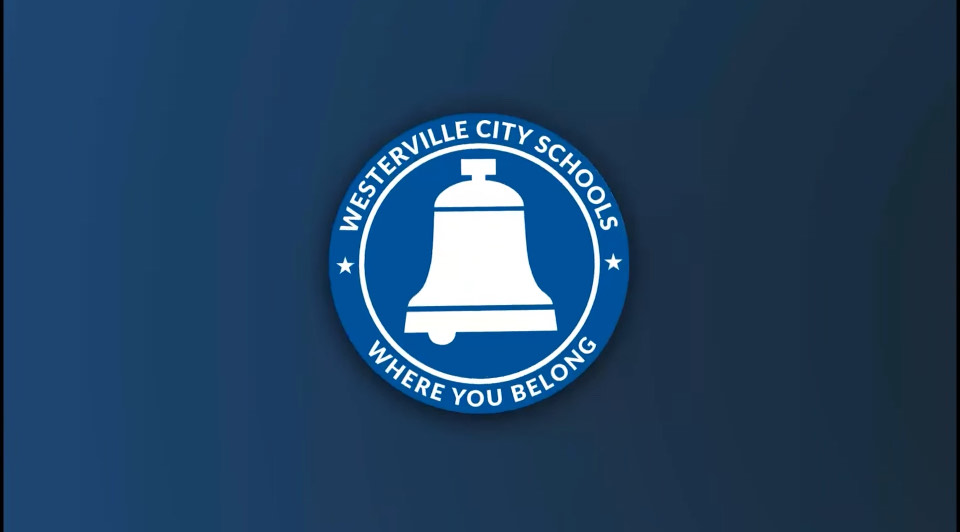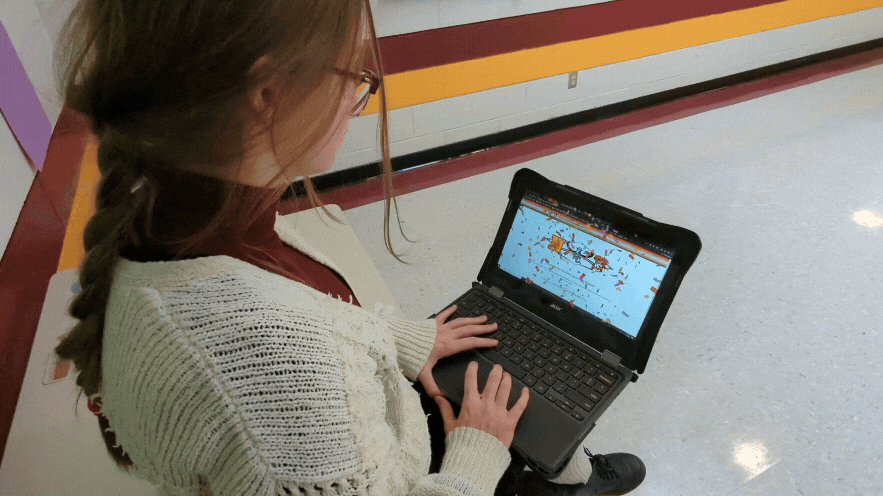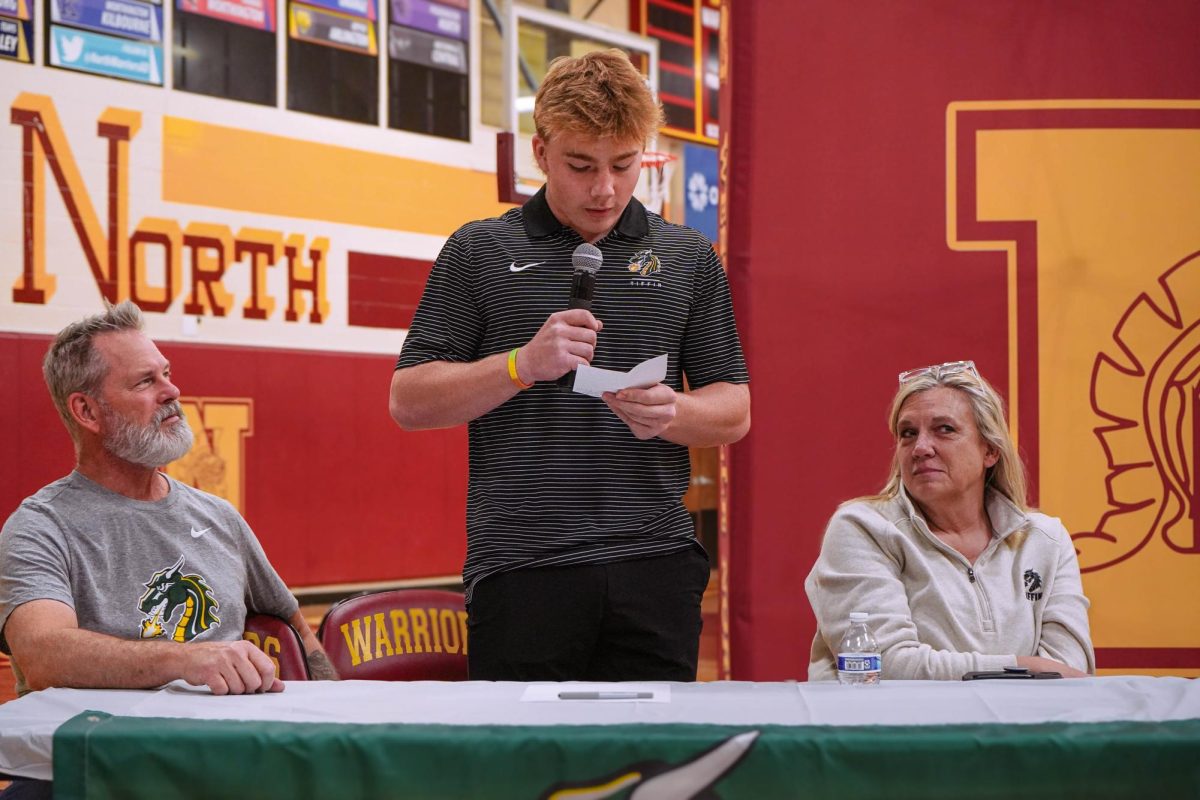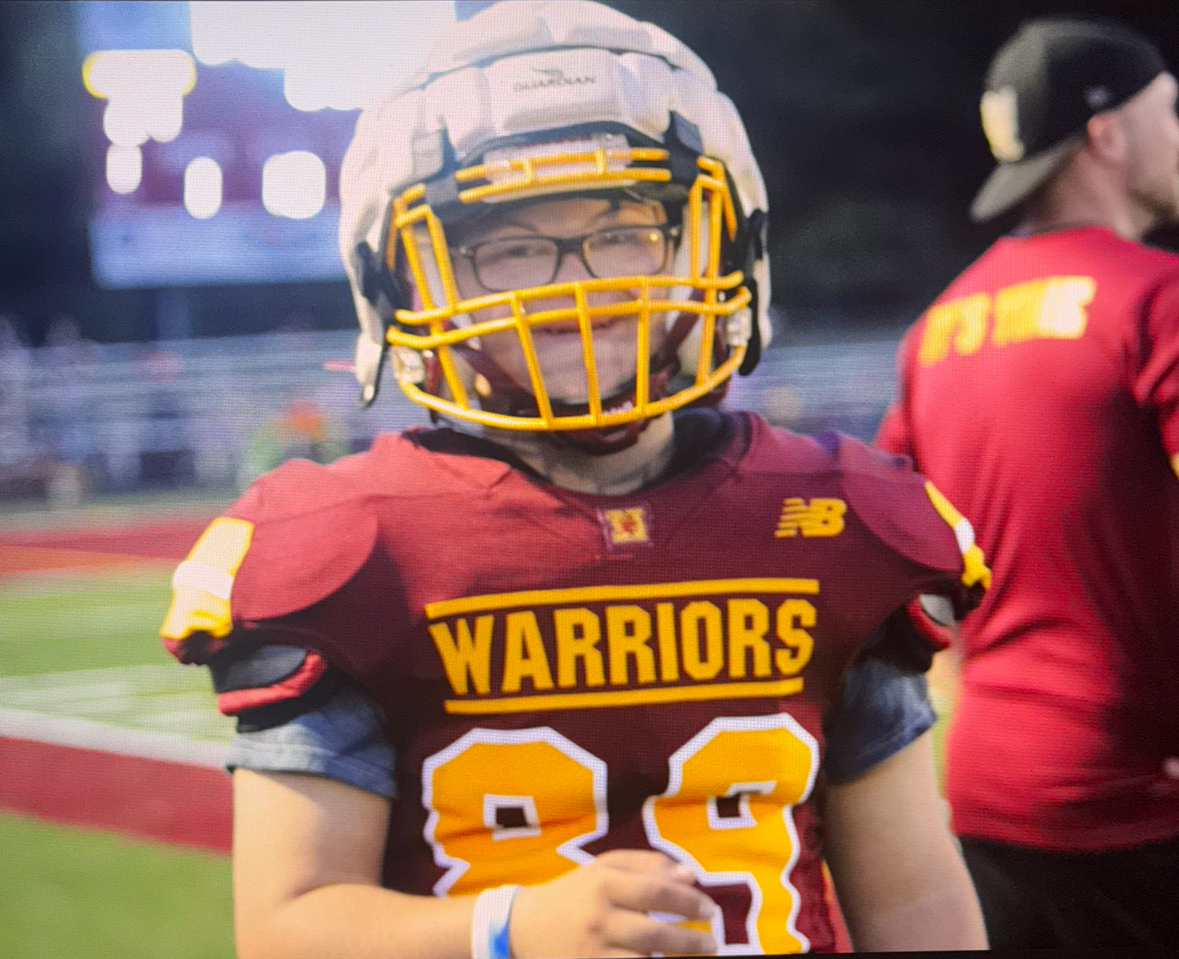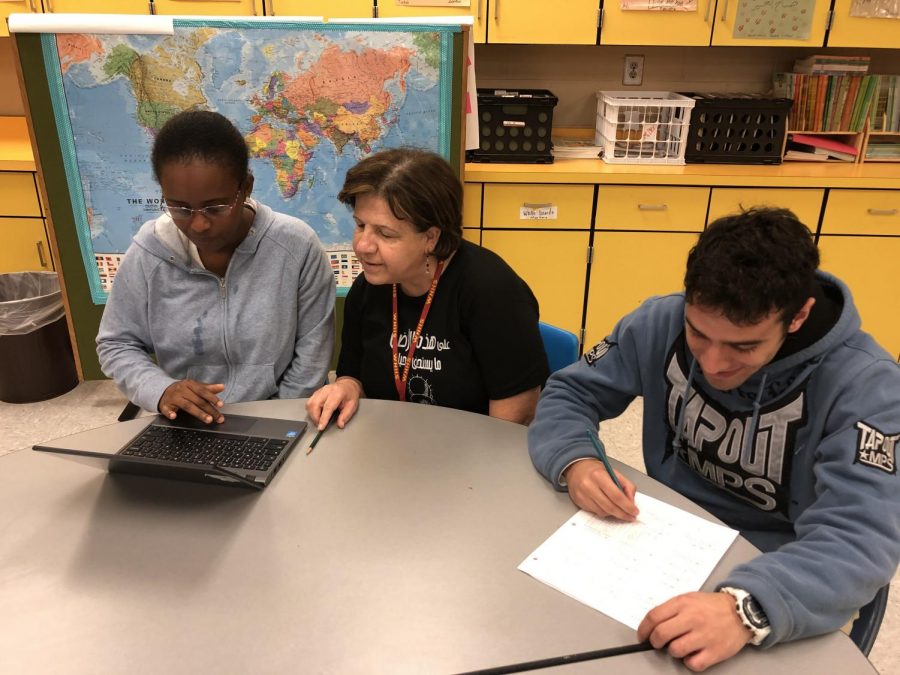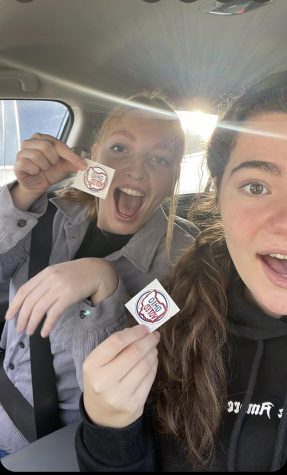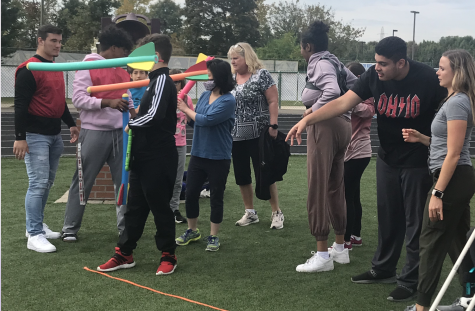ESL students encounter unique challenges in classroom
Understanding how to solve equations or write a complex essay is challenging enough, but approximately 140 students at North face an additional challenge: learning all of these concepts with English as their second language.
Amal Doom, an English Second Language (ESL) teacher, explains how a Westerville City Schools student becomes identified as an ESL student.
“When the family first registers to Westerville City Schools, they ask them, ‘Is there another language spoken at home?’ If [the family] says, ‘Yes,’ then they test the student’s English level. If the student scores low, according to the tests they take, then they qualify for ESL services,” Doom said.
She explained that ESL services means students will be assigned an ESL English teacher and potentially be placed in content-sheltered classes.
Senior Ayah Yousef’s first language is Arabic, and she has been speaking English for a year. She describes what her class schedule is like at North as an ESL student.
“[I take] ESL, [which] is like an English class, but I have regular Algebra and regular history with no ESL students,” Yousef said.
Because ESL students take the same classes that native English speakers take, language comprehension is a continual challenge throughout their daily schedule.
Senior Gustavo Morán Morán is from El Salvador and has only been speaking English for a month. [His interview is translated from Spanish.]
“[A challenge for me is] that no one understands me and I don’t understand them,” Morán Morán said.
Yousef has faced similar challenges.
“Most of my teachers are Americans, so I don’t understand them, and they don’t understand me…When someone talks, we have to be completely focused because they speak so fast…It’s not easy, but every day I am improving,” Yousef said.
Doom shares her perspective on the challenges students face when learning content taught in English with English being a second language.
“I have students who are at a second grade reading level taking Health. How are they understanding the concepts of nutrition and anxiety? Those are big words that are difficult for them to understand,” Doom said.
Despite the language barrier, ESL students, like Yousef and Morán Morán, have found ways to be successful in their classes.
“[I understand my teachers] by using a dictionary,” Morán Morán said.
Yousef said, “We take more time because we use programs to translate.”
Language comprehension is not the only barrier for ESL students, as Doom explains.
“If [students] have come from war-torn countries, they have not had schooling, which presents a huge challenge,” Doom said.
For some, enrollment at North is their first formal schooling. Some teachers at North have modified classes to help ESL students with little educational background adjust to school.
“There are content classes, which the content teachers try to modify. For instance, Algebra I is very difficult. For students coming with no math background, it’s hard to pass Algebra I, so we split Algebra I into two years [for ESL students]. They cover the standards that mainstream classes do, but they are at a modified, slower pace,” Doom said.
Beyond the everyday challenges in the classroom, ESL students also face another obstacle: passing standardized tests. This is especially problematic considering that test scores factor into graduation requirements.
“The problem [with graduation requirements] comes when they have to take OSTs (Ohio Standardized Tests). It’s very difficult, when someone comes in at a first grade reading level, in four or five years to get them to pass the English II OST. That’s a big challenge.
“Thankfully, Ohio now has alternative graduation pathways. They allow some of our students to graduate [without the points from standardized tests], otherwise it would be difficult,” Doom said.
With time, ESL students’ English skills improve, making their classes easier.
Sarah Ahmed is a senior and has been speaking English for five years. Her first language is Somali.
“When I first came here, people would speak in English and I wouldn’t know what to say. It is much better now though,” Ahmed said.
Yousef said, “It is easier than when I first came, but it is still not easy.”
Doom is an ESL learner herself, so she can relate to the struggle of learning English that her students face. Her first language is Arabic, and she began learning English in first grade as a part of her private schooling. She moved to the U.S. to attend college.
“I spoke good English, but when I came here for college, there was all the academic, higher-level language. I still [had to] study pretty hard. I felt like I had to put in a lot more effort to pass my classes,” Doom said.
Because of her experiences, Doom understands the perpetual challenges the language presents for her students.
“English is a huge ocean with vocabulary. I tell my students, I am always looking up new words. It never ends,” Doom said.
While being an ESL student presents many difficulties, Ahmed also notes the benefit of being an ESL student at North.
“Being in ESL, I am with a lot of other cultures and other languages, which mainstream students don’t get to experience,” she said.


